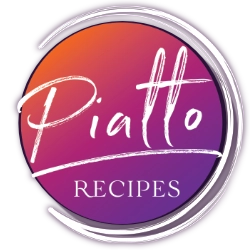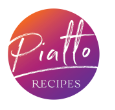Good morning, kitchen warriors! Do you find yourself juggling an arsenal of knives without really knowing which one to pick? Fear not! Today we unravel the mystery behind choosing the best kitchen knife— that all-purpose knife that is affordable, durable and versatile. Plus? We’ll put our featured knife, Nakano’s Mito Santoku under our razor-sharp microscope to see how it cuts the mustard!
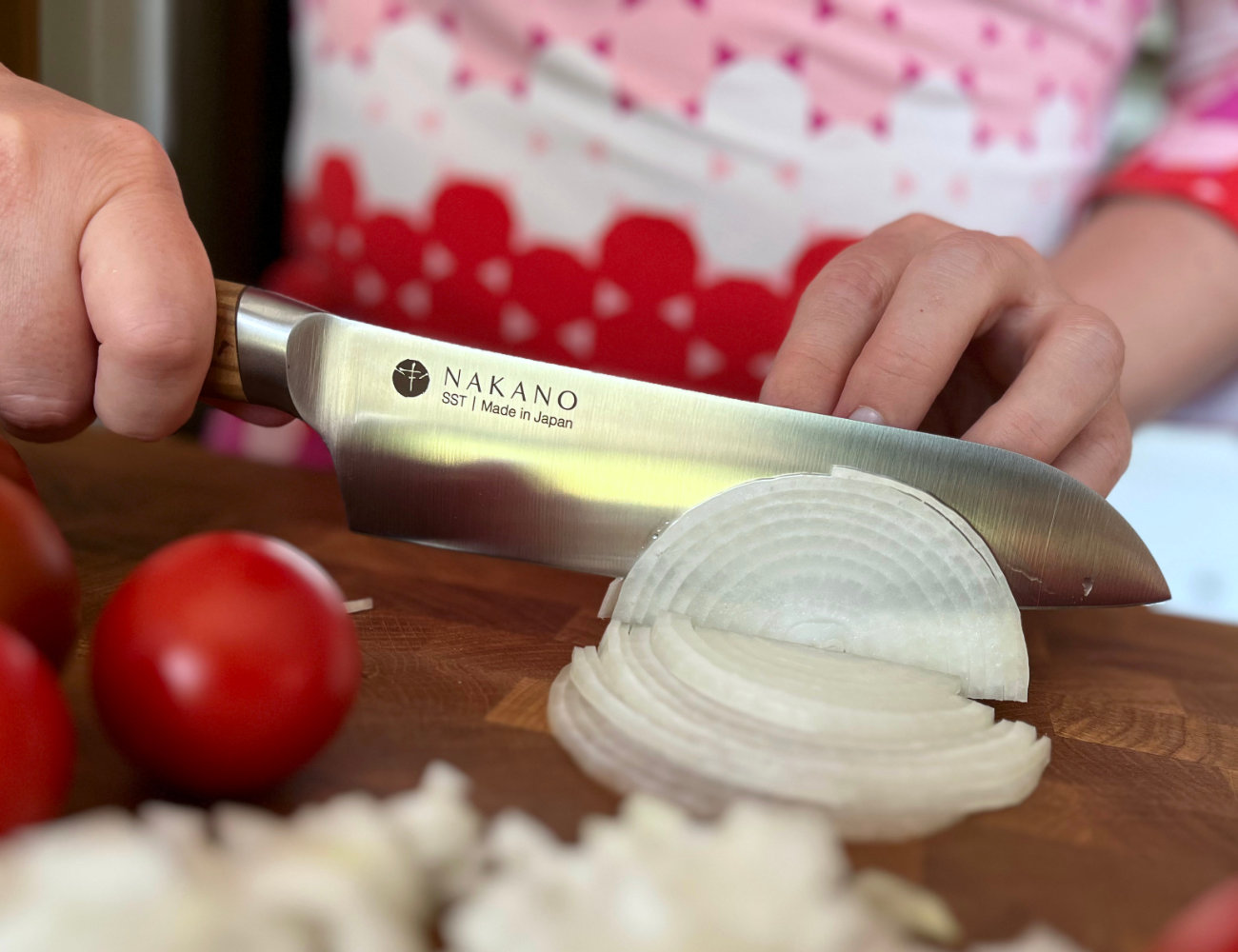
The Quintessential Trio: Key Features of an All-Purpose Kitchen Knife
1) The Essence of the Blade: Best Kitchen Knife Material Quality
High-Carbon Stainless Steel: This hybrid material marries the razor-sharp edge retention of carbon steel with the rust-resistance of stainless steel. It’s your best bet for a blade that remains sharp but doesn’t rust away.
Why It Matters: A dull knife is a dangerous knife. You'll require more force, leading to slips and accidents. Corrosion resistance ensures longevity.
High-Carbon Stainless Steel is often considered an excellent choice for kitchen knives for several reasons:
- Durability: High levels of carbon increase the steel’s hardness, making it more durable and less prone to deformities.
- Corrosion Resistance: The stainless component offers resistance against rust and corrosion, prolonging the knife’s lifespan.
- Edge Retention: High-carbon steel retains its sharpness longer, reducing the frequency of sharpening.
- Flexibility: High-carbon content allows for a certain level of flexibility without compromising on the blade’s strength. This flexibility can be advantageous in tasks like filleting.
Identifying the best kitchen knife material is rather subjective and depends on your specific needs. However high-carbon stainless steel has many features that make it a great choice, including…
- Price: High-carbon stainless steel knives can be relatively expensive, but there are many quality yet affordable options.
- Maintenance: It still requires some care to prevent rusting, such as prompt cleaning and drying. However, this material is more corrosion-resistant than high-carbon steel.
- Brittleness: Harder materials (like higher-carbon steel) are generally more brittle, which could make them prone to chipping under heavy use. In contrast high-carbon stainless steel blades maintain good edge retention and sharpness while also being more forgiving under stress, reducing the likelihood of chipping or breaking.
For example, ceramic knives offer unparalleled sharpness and corrosion resistance but are highly brittle. On the other hand, regular stainless steel is more flexible and less prone to chipping but dulls more quickly.
In summary, High-Carbon Stainless Steel offers an excellent balance of durability, corrosion resistance, and edge retention, making it a solid choice for an all-purpose kitchen knife.
Another blade consideration? One-bevel vs two-bevel. The former, a hallmark of traditional Japanese metallurgy, offers an edge so keen it rivals a razor’s slice. The latter, steeped in Western design, democratizes dexterity, serving both left and right-handed chefs with facile aplomb.
2) Become One with the Knife: Design & Ergonomics
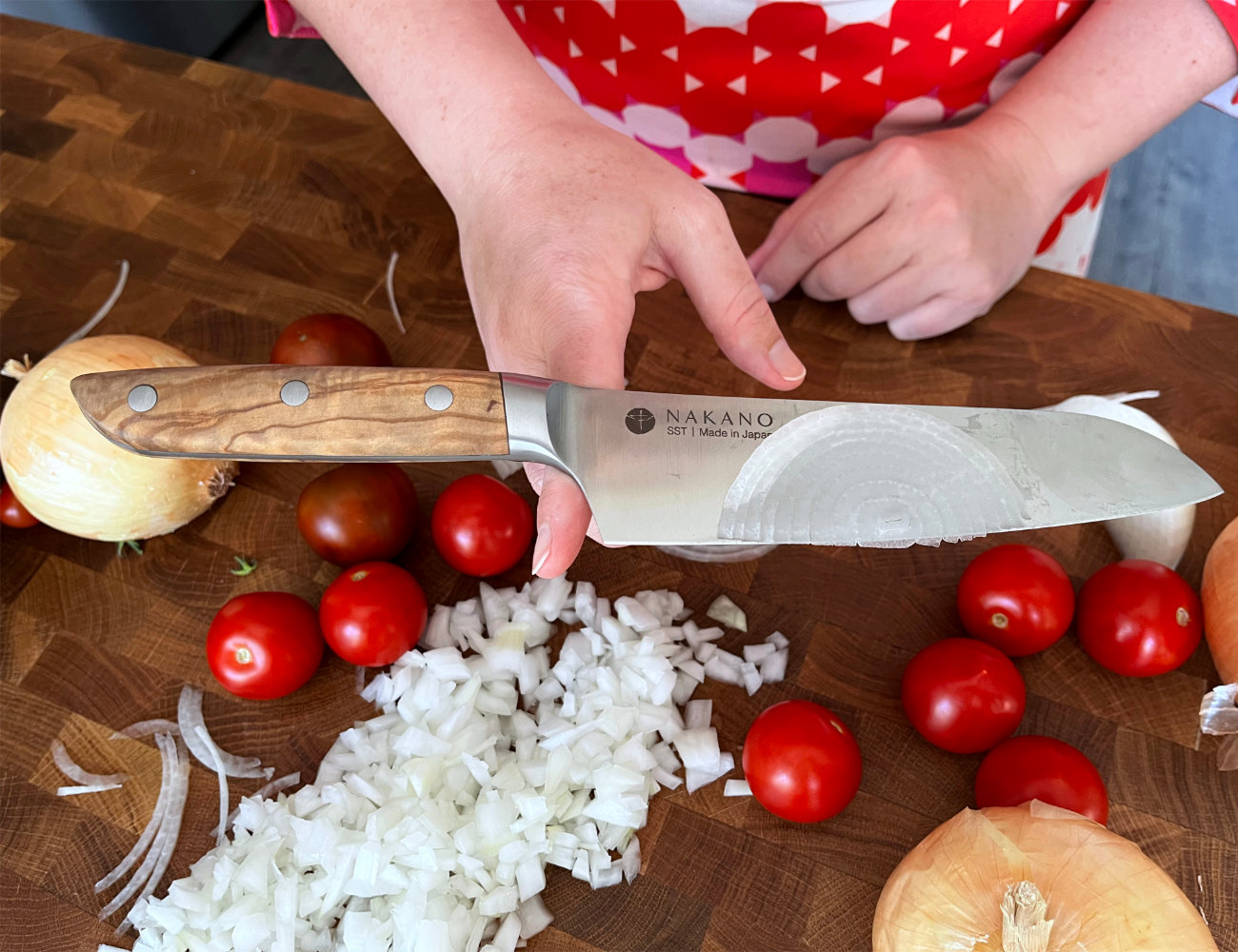
What is Tang in the World of Knives?
Tang denotes the prong or shank that extends from a blade and can be concealed within or extend through the handle. In the world of knife-making, knives are categorized based on their tang construction. The tang is an essential factor evaluated on several fronts:
Full-tang, partial-tang, and rat-tail are among the most common types. Full-tang knives, where the metal extends the full length of the handle, are generally considered the most robust and balanced.
The dimensions of the tang, relative to the blade and handle, also play a role. A tang that’s too narrow or short compared to the blade could lead to structural weakness. Details like tapering, rivet quality, and the fit between the tang and handle can speak volumes about the overall quality of a knife.
The Full-Tang Knife
This design feature means the blade extends fully into the handle, optimizing balance and control. The full tang ensures that your knife can handle more forceful tasks without the risk of the blade snapping from the handle.
Full-tang construction is generally regarded as offering superior balance, durability, and control when it comes to knives. Nakano’s Mito Santoku knife (discussed below) is a full-tang knife.
- Balance: A full tang extends the metal of the blade all the way through the handle, providing even weight distribution across the knife. This balance is particularly beneficial for precision tasks and can reduce hand fatigue during prolonged use.
- Durability: Because the metal runs through the handle, full-tang knives are stronger and less prone to breaking at the handle-blade junction, a common weak point in partial-tang knives.
- Control: The balance offered by full-tang construction provides greater control over the blade, allowing for more precise and safer cuts.
- Longevity: A full-tang knife is likely to outlast a partial-tang or rat-tail tang knife, especially under heavy or professional use.
Handle Material
The right handle offers a comfortable and secure grip. Wooden handles, like olive wood, can provide a rustic aesthetic while delivering on functionality.
Why It Matters: A knife should be an extension of your arm. Poor design can lead to fatigue and accidents.
3) The Culinary Swiss Army Knife: Versatility
The best kitchen knife—the best all-purpose kitchen knife—should be versatile enough to chop vegetables, slice meat, and do delicate tasks.
Why It Matters: You don't want to be that chef constantly switching knives. One good knife can and should do most tasks efficiently.
Nakano’s Mito Santoku: A Marriage of American and Japanese Design
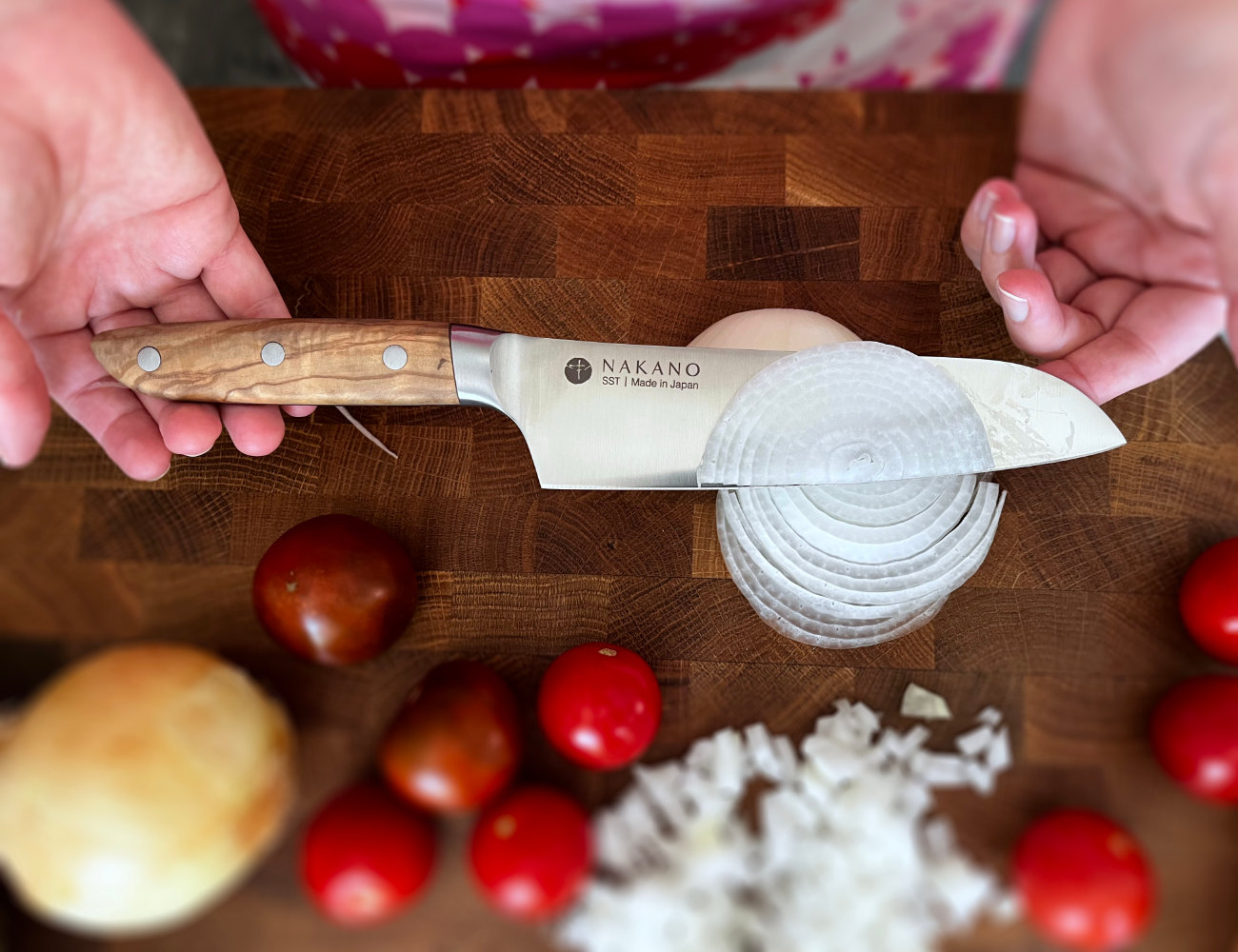
American Tenacity, Japanese Precision
The Mito Santoku takes the hefty durability commonly found in American knives and blends it with the Japanese focus on precision and sharpness. It is handmade in Japan! Nakano was originally founded in 1918, with a long history of Japanese Katana (sword) making.
The Santoku Edge: Unlike the pointed edge of a Western chef’s knife, the Santoku has a more rounded tip, excelling in slicing and chopping with pinpoint accuracy.
A Detailed Evaluation of Nakano’s Mito Santoku
Nakano provided our team with a Mito Santoku knife and asked us to give our opinion on their all-purpose knife. Here’s how it stands up to our criteria in selecting the best kitchen knife—that one knife to rule them all!
Material Quality: This knife steps into the arena with a high-carbon stainless steel blade, ensuring it remains sharp and resists corrosion—just what our first pillar recommends.
Design & Ergonomics: A full tang construction provides the excellent balance and stability that an all-purpose knife demands. The natural olive wood handle not only adds a dash of rustic charm but also offers an ergonomic grip.
Versatility: Specializing in precision slicing and chopping, this knife embodies the true essence of versatility. It’s like having a Swiss Army knife specifically tailored for the kitchen.
Additional Points to Consider:
- Rockwell Hardness: Clocking in at 58-60, this knife strikes a balance between sharpness and durability. The Rockwell hardness scale measures a material’s resistance to indentation, giving you an objective idea of how well your knife will withstand the test of time and use.
- Blade Length: At 6.7 inches, it’s the Goldilocks of knife lengths—not too short, not too long, just right for most tasks.
- 2 Bevel Knife: This is a great choice for an all-purpose kitchen knife, serving both right and left-handers with ease.

Get 10% Off!
Use discount code ‘piattorecipes’ at checkout for 10% off!
Check out Nakano‘s full knife collection, including the Mito Santoku shown here (affiliate link)!
Nakano has generously offered PIATTO™ supporters a discount on their products. Shop their collection and use the discount code ‘piattorecipes’ at checkout for 10% off your purchase.
So, should you say ‘I do’ to Nakano’s Mito Santoku? If you’re after the holy trinity of blade material, ergonomic design, and versatility, this knife is a front-runner.
Now go forth and slice, dice, and chop like a Michelin-star chef (several of whom use Nakano!)!
As an Amazon Associate, we earn from qualifying purchases. This means at no extra cost to you, PIATTO may earn a small commission if you click the links and make a qualifying purchase.
